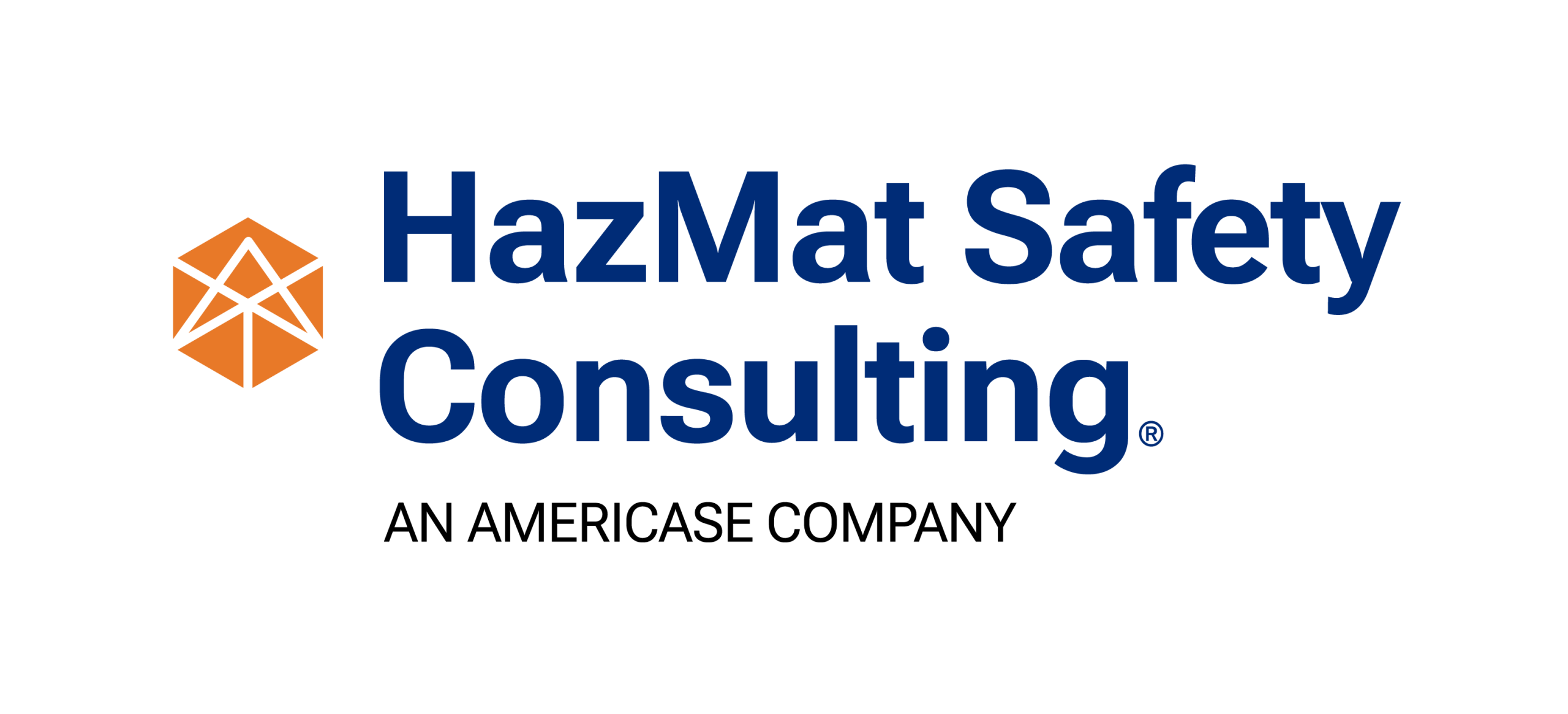HSC’s clients understand that the movement of dangerous goods can’t stop a country’s border. However, the complexity of the global supply chain is even more complicated when the commodity that is being shipped is considered a dangerous good. HSC has extensive experience in international diplomacy, representation, and compliance. The HSC team has participated and led discussions at all of the United Nations subcommittees, both as regulators, consultants, and as representatives of the NGO, the Medical Device Battery Transport Council (MDBTC). HSC’s professional network includes regulators, transporters, 3PL’s, and consultants from around the globe. If you are in the business of distributing dangerous goods world-wide, HSC can help.
Here are some relevant sources for information about the international safe transport of dangerous goods:
- United Nations Sub-Committee of Experts for the Transport of Dangerous Goods
- International Civil Aviation Organization Dangerous Goods Panel
- International Air Transport Association Dangerous Goods Regulations
- International Maritime Dangerous Goods (IMDG) Code
- Editorial & Technical Group of the Sub-Committee on the Carriage of Cargoes and Containers
- European Agreements Concerning the International Carriage of Dangerous Goods by Rail (RID) and by Road (ADR)
- USDOT/PHMSA Office of Hazardous Materials Safety International Program
- Mexico SCT
HSC's Around the World Blog
UNSCOE TDG 57th Session
From November 30 to December 8, 2020, The United Nations Subcommittee of Experts on the Transport of Dangerous Goods (UNSCOE TDG) held the 57Th Session in a hybrid manner, with most delegates participating remotely and a handful of delegates, including the Chairman, Duane Pfund (USA) in Geneva. HSC staff participates in all UNSCOE TDG meetings as members of the Medical Device Transport Council delegation. If you have any questions about the 57th session or any topics that you would like presented to the sub-committee, please reach out, we would love to help you!
UNSCOE TDG 61st Session
HSC Successfully supports clients at UN SCOETDG 61st Session – December 2022
In December 2022, HSC’s Vice President, Ryan Paquet participated in the 61st session of the United Nations Subcommittee of Experts for the Transport of Dangerous Goods (SCOETDG), as a delegate for the Medical Device Transport Counsel (MDTC) and Counsel on the Safe Transport of Hazardous Articles (COSTHA). HSC drafted and presented two proposals for clients at this session, and both were adopted by the subcommittee.
The first proposal was specific to fire suppression devices that contain a pyrotechnic substance, which either creates pressure to dispense liquid fire suppressant or as a function of activation creates an aerosol that interrupts the fire triangle. Recently, there has been a great proliferation of these types of fire suppression devices, largely due to their proven ability to quickly extinguish fires, replacing existing systems that utilize ozone depleting gases or carbon dioxide and their history of use in trains, vehicles, and school buses.
Ryan worked with many experts, both in the room and remote, to mitigate any concerns and drafted an informal paper that was presented, discussed, and ultimately adopted by the Subcommittee on Friday, December 2. INF 53.rev1 includes the two entries for Fire Suppression Dispersing Device, both Class 9 and Division 1.4S as well as a special provision that provides guidance differentiating the classifications. The adoption of this proposal was a great example of regulating-to-risk and evidence that in some cases, end use can be an important factor to consider in regulation.
The second proposal was specific to increasing the limited quantity (LTD QTY) constraints for certain non-flammable, non-toxic gases (Carbon Dioxide, Nitrogen, Helium and Argon. The LTD QTY provisions within the dangerous goods regulations provide reduced regulatory burdens for certain types of commodities based upon how they are packaged and the volume present within the package, which mitigates the relative risk in transport. This effort has included 4 working papers and 2 informal papers since 2018.
The European road and railway transport regulations (ADR) currently includes a special provision that authorizes these gases with less regulatory restrictions. The intent of this proposal was to improve harmonization between ADR and non-ADR countries and potentially expand the use of this authorization to the IMDG Code. The USA and Canada had previously issued special permits and certificates of equivalency for this activity, which, if this special provision is incorporated, will become unnecessary. Once again, Ryan worked with delegates from around the world to address any concerns. The adoption of this proposal is a good example that we can work together to improve the international regulations based upon the actual risk in transport.
